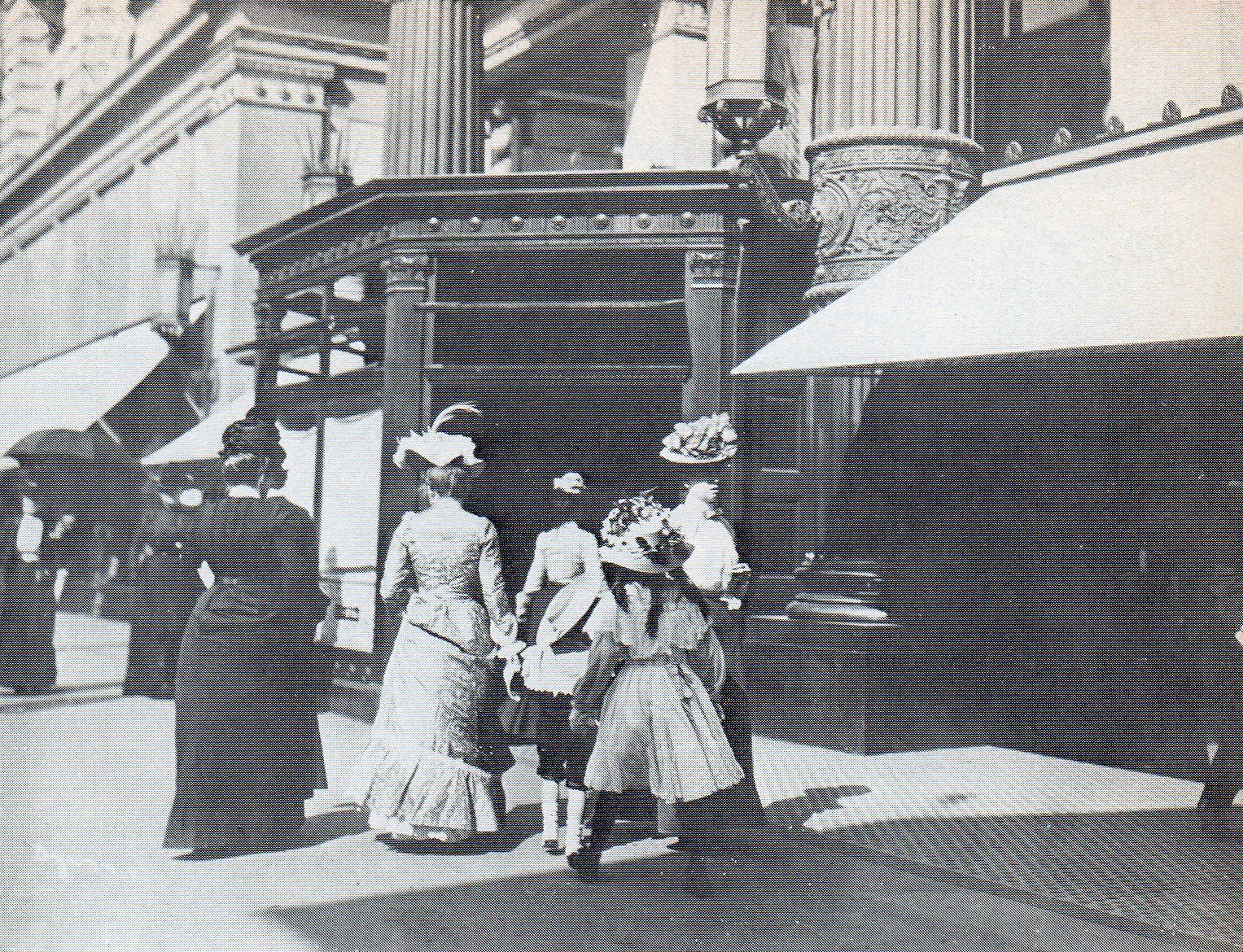Recently I was reading a book that had info on the “Ladies Mile” Manhattan department store wars in the late 1800s — it was fictional, yet still telling.
One of the things store owners learned early on is that women either bought less or returned items immediately when faced with the prospect of carrying their purchases home/around with them. After all, they were either walking or hiring carriages for their shopping excursions.
What to do?
The store owners wanted the women to come in. They wanted them to purchase. They did not want them to immediately return the items or go to the store next door, find something else and come back to return to avoid carrying things around.
Simple… The store owners hired young men to deliver all the parcels to the ladies’ homes later that day. Now the women were free to look, buy and roam unencumbered. One store even offered free on-site childcare while shopping to better differentiate from other stores.
The lesson?
Buyer’s remorse tends to kick in from the moment we purchase until about 72 hours later — the bigger the investment, the longer the time period and it’s often subconscious.
The store owners knew this and took action to alleviate. Now the women were home, relaxed when a knock on the door brought everything they had bought during the day.
While your clients likely aren’t lugging packages around, they may be (subconsciously or consciously) considering all the other things they could have spent that money on: retirement savings, college for their children, family vacation, another program/product/service (especially when an organization is paying), a new car, a new outfit, etc. and this is true whether the amount is $10 or $10,000.
Knowing this, how will you alleviate buyers’ remorse with your clients? I’ll share some strategies on alleviating buyers’ remorse here.
